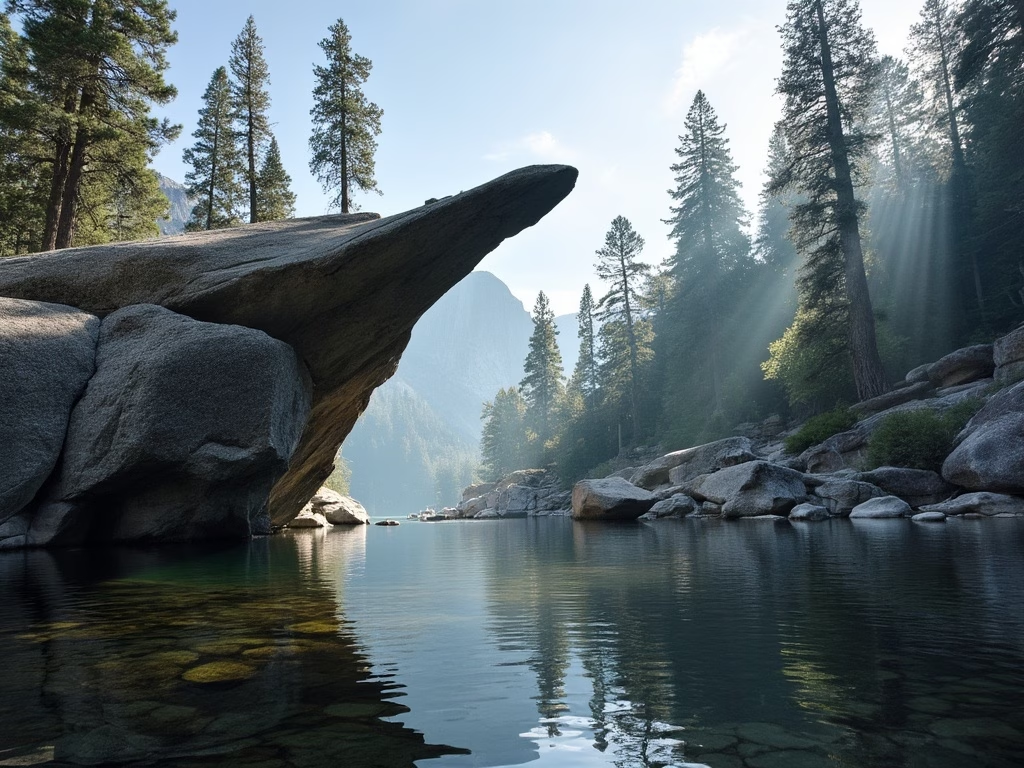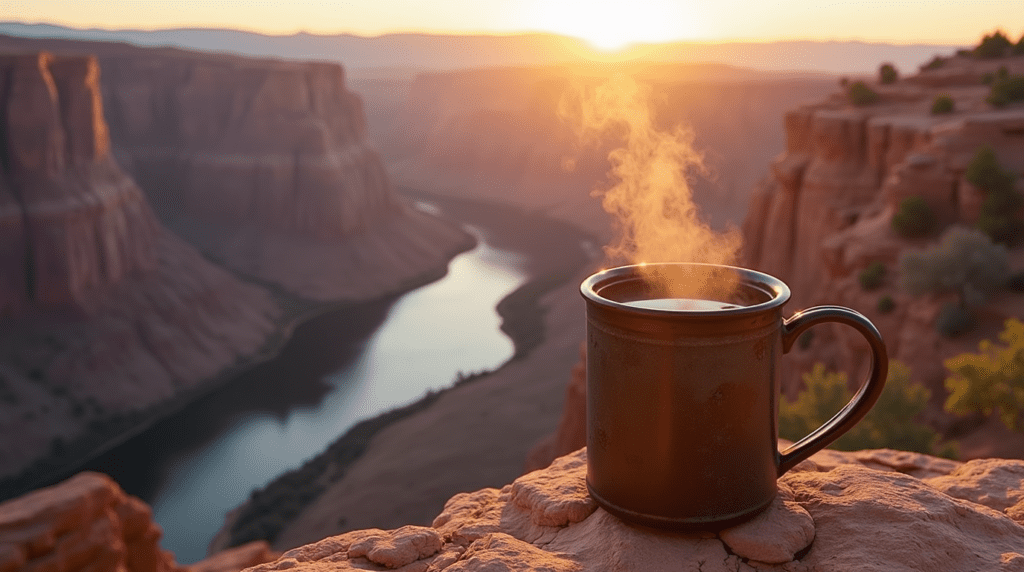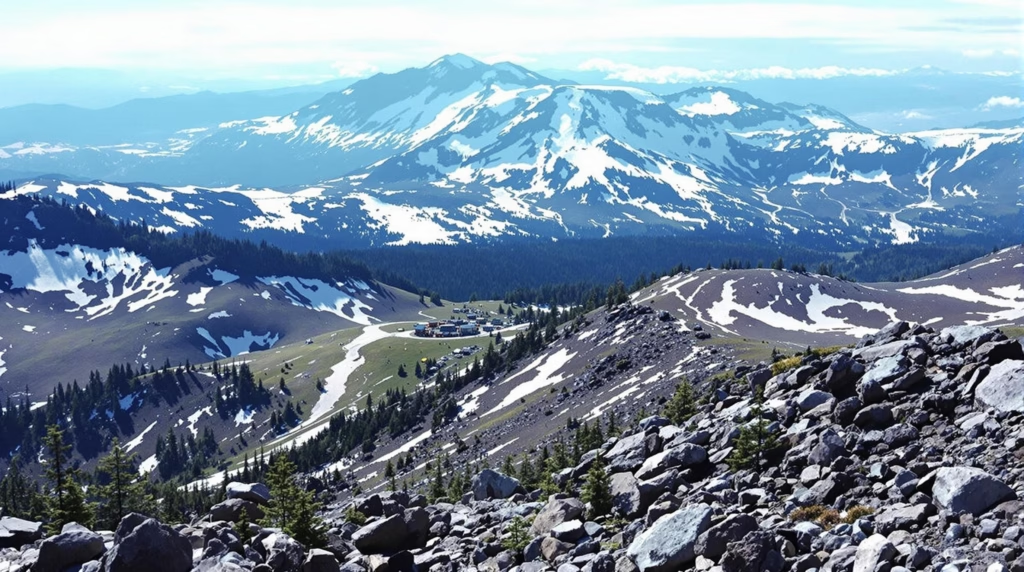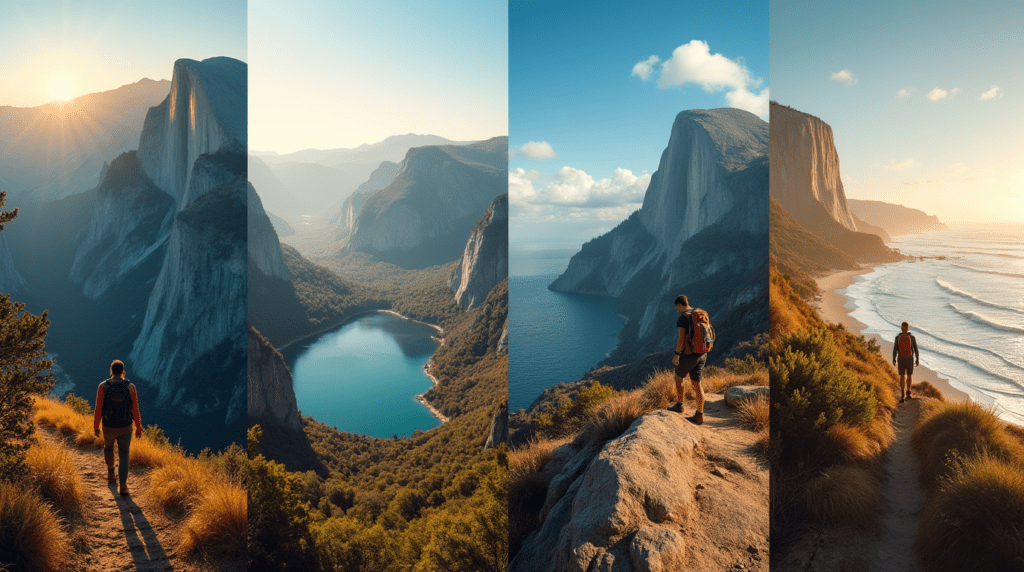Perched high above Yosemite Valley, the Diving Board offers an unparalleled view of Half Dome and the surrounding landscape. This natural rock formation, immortalized by Ansel Adams’ iconic photograph, presents a challenging yet rewarding destination for adventurous hikers seeking a unique perspective of Yosemite National Park.
Key Takeaways:
- The Diving Board is located on the western shoulder of Half Dome, 3,500 feet above the valley floor
- Ansel Adams’ famous photograph “Monolith, the Face of Half Dome” was taken from this spot in 1927
- There’s no established trail to the Diving Board, making it a challenging hike
- The round trip takes approximately 10 hours and includes class 3 scrambling
- Hikers need a wilderness permit for overnight camping in Little Yosemite Valley
A Precipitous Perch: The Diving Board’s Dramatic Setting
The Diving Board sits at a breathtaking elevation of 7,480 feet above sea level, offering a panoramic view of Yosemite Valley. Located at 37° 44.541’N, 119° 32.476’W, this natural rock formation juts out from the western shoulder of Half Dome, providing a unique vantage point that has captivated photographers and hikers alike.
Standing on the Diving Board, you’re greeted by a sensory experience unlike any other. The wind whips around you, carrying the crisp mountain air. The temperature can be significantly cooler than the valley floor, so dressing in layers is crucial. The texture of the granite beneath your feet serves as a reminder of the geological forces that shaped this landscape over millions of years.
Through the Lens of History: Ansel Adams’ Monolithic Masterpiece
In April 1927, renowned photographer Ansel Adams captured his iconic image “Monolith, the Face of Half Dome” from the Diving Board. This photograph, taken with a dark red filter, dramatically showcased the contrast between the sky and the face of Half Dome, revolutionizing landscape photography.
Adams’ work from this precarious perch not only immortalized the Diving Board but also highlighted the unique perspective it offers. The composition, made possible by the Diving Board’s location, allowed Adams to capture the sheer grandeur of Half Dome in a way that had never been seen before.
Charting the Uncharted: Navigating to the Diving Board
Reaching the Diving Board is no small feat. Unlike the popular El Capitan hike, there’s no established trail, making it a challenge for even experienced hikers. The journey typically starts from either Happy Isles or Little Yosemite Valley.
Two main route options exist:
- A climbers’ route past Lost Lake
- A route via Emerald Pool
Both routes involve class 3 scrambling and require careful navigation to avoid more dangerous class 4 slabs. The ascent typically takes about 6 hours, with the descent taking around 4 hours. The vertical scramble covers approximately 1,500 feet.
Important considerations for hikers:
- Wilderness permits are required for overnight camping in Little Yosemite Valley
- A $20 park entrance fee applies
- The total round trip can take up to 10 hours, so starting early is crucial
A Hiker’s Field Journal: Challenges and Rewards
Navigating to the Diving Board is an exercise in perseverance and route-finding skills. Hikers often rely on cairns and trial-and-error to find their way. The terrain is varied and challenging, featuring steep gullies, loose sand, and rocky areas that demand constant attention and sure footing.
Safety is paramount when attempting this hike. The exposure, particularly along the LeConte Gully route, can be intimidating for those with a fear of heights. However, the physical and mental challenges of the hike make the eventual arrival at the Diving Board all the more rewarding.
Upon reaching the Diving Board, hikers are treated to a view that connects them to Ansel Adams’ experience nearly a century ago. It’s a moment that combines historical significance with personal achievement, making it a truly unforgettable experience.
For those planning this adventure, consider camping options in Yosemite Valley or Little Yosemite Valley. These serve as excellent base camps for an early start, which is crucial given the length and difficulty of the hike. Remember, while the challenge of reaching the Diving Board without ropes might seem daunting, it’s nothing compared to those who climb El Capitan without ropes.
The Diving Board in Yosemite National Park offers a unique blend of natural beauty, historical significance, and physical challenge. For those willing to put in the effort, the reward is a perspective of Half Dome and Yosemite Valley that few get to experience firsthand.
Sources:
Ansel Adams’ “Monolith, the Face of Half Dome”



